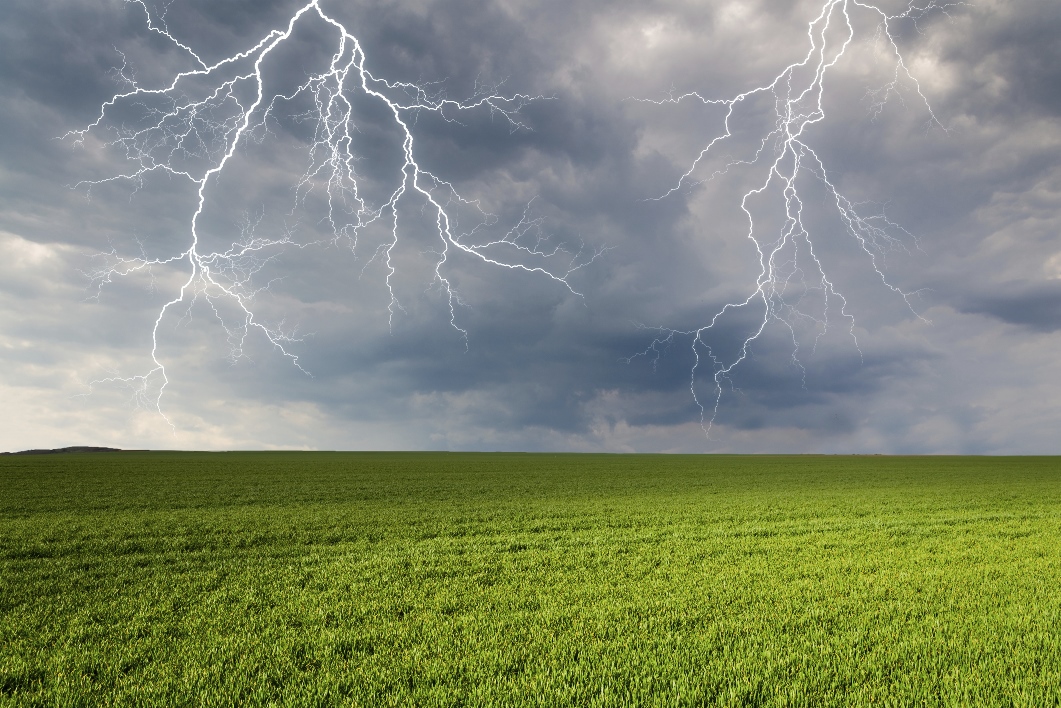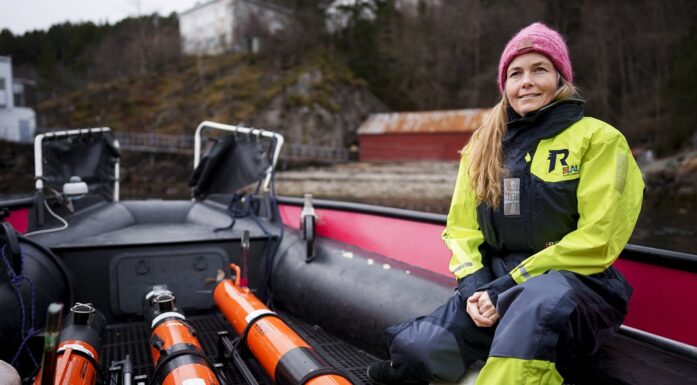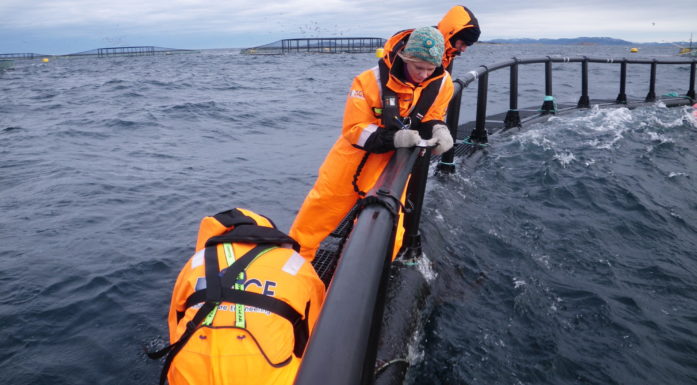How to be lightning smart
During thunderstorms, when Thor the God of Thunder starts wielding his hammer, researchers know exactly what you should and shouldn’t do if you want to keep safe.
“As a general rule, lightning will take the path of least resistance on its way to ground. So, if it strikes a metal conductor, it will follow that”, says Oddgeir Rokseth at SINTEF Energy Research.
“This could, for example, be the cables supplying electricity to your house”, he says. “Cables exposed to the air are particularly vulnerable. The voltage will then be conducted into your house via the installation. However, in cities and towns, where most electrical cables supplying houses are buried underground, the risks are reduced”, says Rokseth.
He adds that during thunderstorms it is advisable to stay clear of metal conductors such as electrical cables and water pipes. If you are outdoors, steer clear of metal fences.
Special advice if you want to be lightning smart:
- Don’t bathe or go swimming outdoors during a thunderstorm. When lightning strikes water, several thousand amperes of current are distributed in the water mass. You should also avoid taking a bath.
- A car is a safe place because the bodywork will act as a ‘shield’ and protect you against lightning strikes. To some extent, a house has the same effect, although concrete constructions are better than timber.
- Electrical appliances can be damaged even without lightning striking your house. A strike anywhere in the distribution grid may generate over-voltages that subsequently follow the grid to reach your house. That’s why it’s an advantage to disconnect electrical appliances such as your TV. It isn’t dangerous to watch TV during a thunderstorm, but the electronics in a TV set are vulnerable.
- If you have to make a telephone call, use a mobile phone detached from its cable rather than a landline device. Over-voltages resulting from a lightning strike may follow electrical conductors into the handset.
- Don’t shelter under large trees. There is a greater risk of lightning striking objects that stand out in the landscape. It pays to be wet. The water covering you will conduct the current outside your body and reduce the risk of internal injuries.
- Avoid flat and open landscapes, and let go of your golf clubs. Holding a metal golf club will increase the risk of your being struck.
- Don’t use an umbrella. This has the same effect as a golf club.
- Avoid damage caused by over-voltages by installing over-voltage protection.
- Unplug your electrical appliances if you are afraid that they will be damaged.
- And disconnect your internet cable. Modems are very vulnerable to lightning strikes.
- What do you do if you’re hiking in the mountains? Find shelter if possible. Seek lower ground, although whether you are struck or not is largely a question of luck.
- What do you do if you find yourself exposed in a small boat? Find your way to shore if possible. If you are out in the open sea, avoid going out on deck. Do not hold on to the mast or hang over the rails. Lie down in the bottom of the boat/on deck or go below inside the cabin. Boats with masts may be vulnerable in thunderstorms, and we don’t know if lightning conductors installed on the tops of masts provide protection.
Each year, on behalf of grid network operators Statnett, Frank Dahlslett and Oddgeir Rokseth monitor and record lightning strikes across Norway as part of the so-called ‘Lyn-i-dag‘ service. Their data show that starting lightning struck 22,500 times last year, compared with only 5,600 strikes this year.





